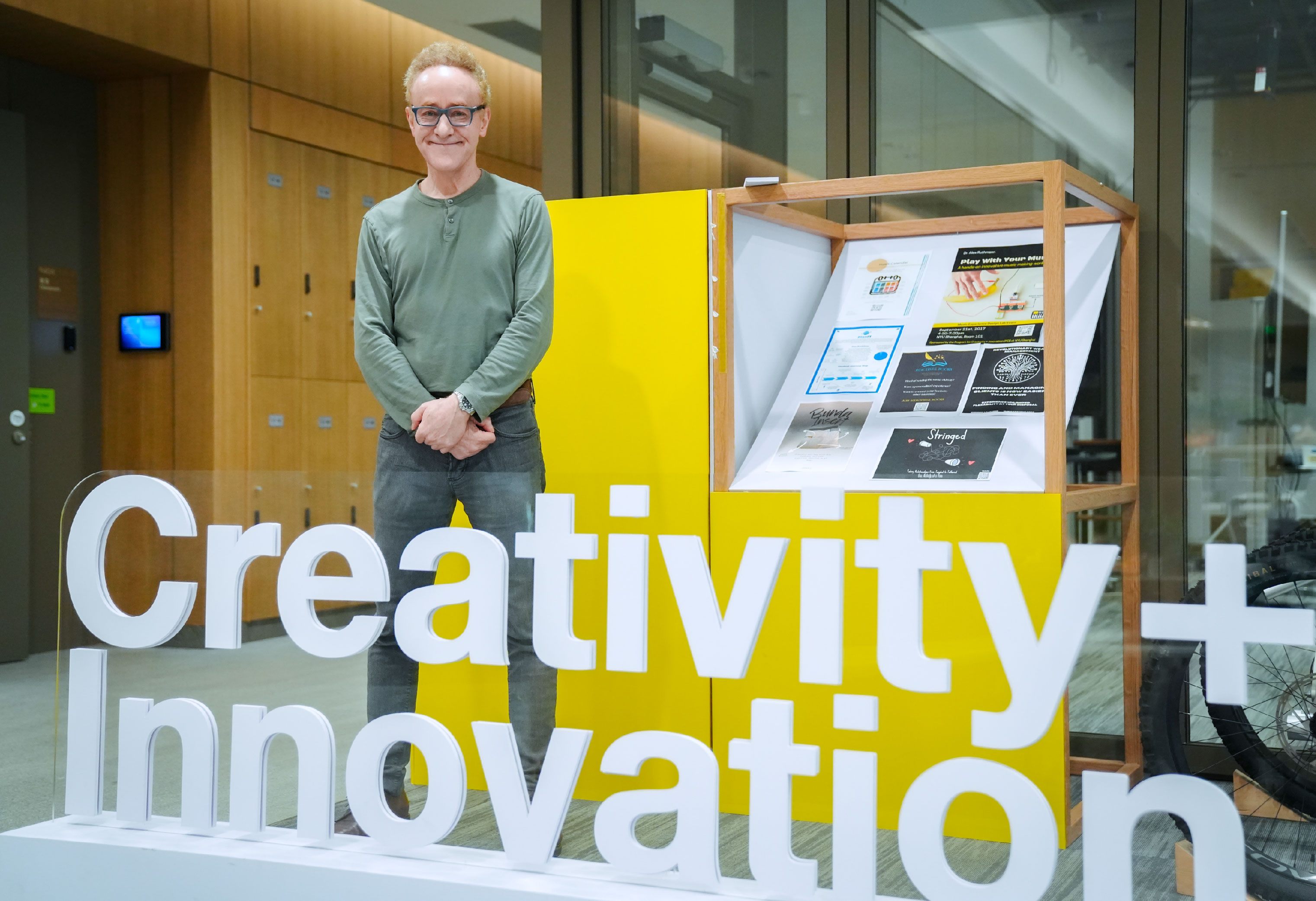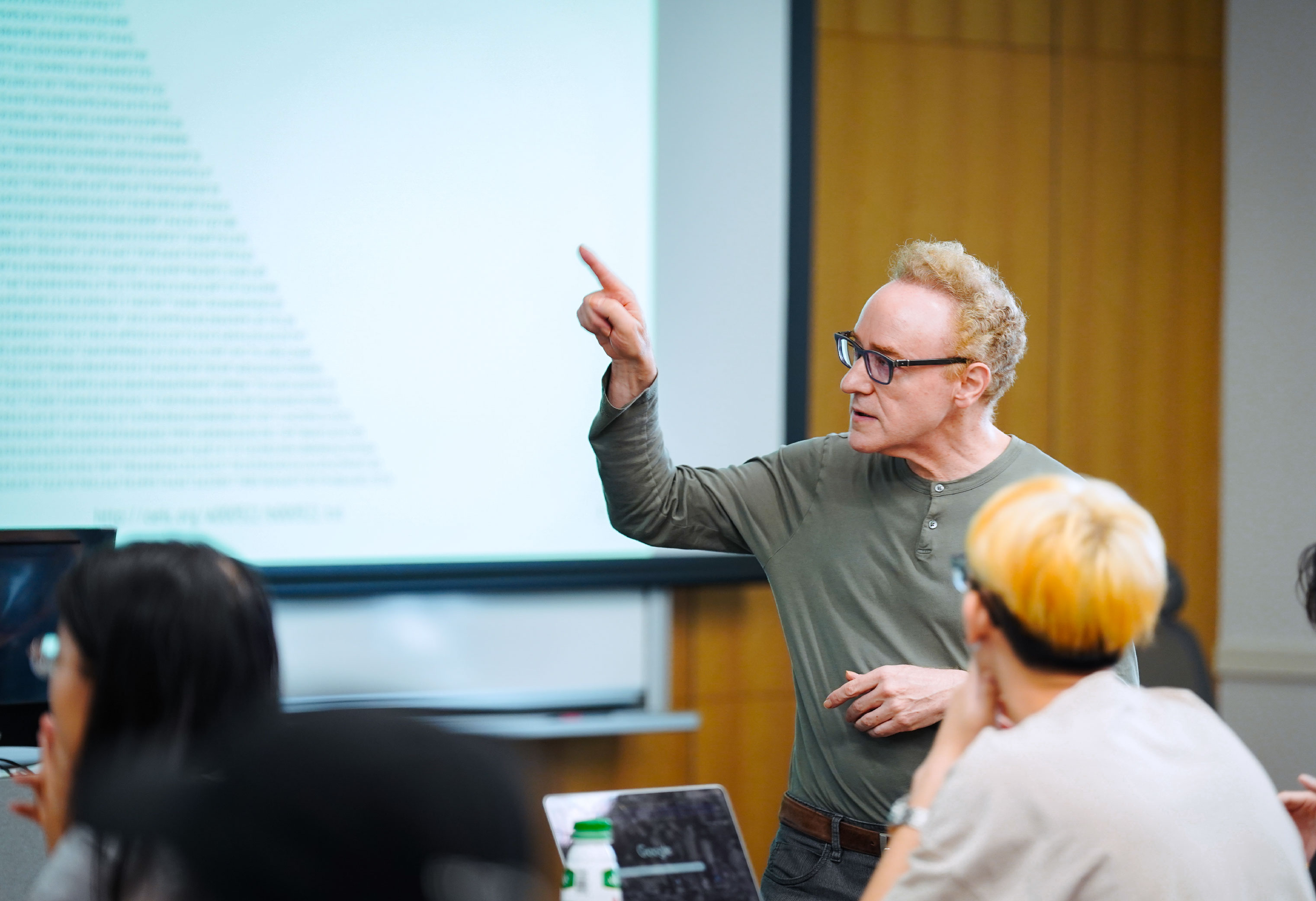
Since he spent hours reading encyclopedias as a child, Adam Brandenburger has always had a love for learning new things. As an adult, Brandenburger has immersed himself in research on game theory, information theory, and business strategy. Currently, he is Director of the Program on Creativity + Innovation (PCI), Area Head of Economics, Director of the Stern-Shanghai MS Programs, and Global Network Professor at NYU Shanghai. He shares what led him to NYU Shanghai and his vision for the future of game theory.
You’ve been involved in NYU Shanghai since its very beginning in 2012. What motivated you to join?
I was part of a team that created the marketing campaign to attract the first cohort of students. Since then, I have been tasked with building our Program on Creativity + Innovation and helping develop other areas of our university. My motivation was very simple: It was an opportunity to be part of an educational start-up —a rare thing — in one of the most important global cities in the 21st century. It was a simple decision and one of my best to join.

What inspired the creation of the Program on Innovation + Creativity and how is it different from similar programs at other universities?
From the beginning of NYU Shanghai, there was a commitment to the exploration of creativity and innovation as fundamental topics to complement the rest of the curriculum. Creativity and innovation are qualities that help people contribute most meaningfully to their own well-being and to that of the world. That’s our mission.
It differs [from other universities] in a big way. PCI is “upstream” to and broader than most innovation programs. It is upstream because we are very interested in the origins of good ideas. It is broad because we attract students across a lot of majors.
By the way, we are not teaching students to be creative! Everyone is innately creative. What we are doing is giving students concepts and language with which they can identify aspects of their creativity, name them, and own them. That's why Jeff Lehman and I call our course Creativity Considered, because we consider creativity alongside our students. To repeat, PCI is a broad program — students from many majors take our courses to acquire a creativity and innovation mindset.
You’re also a published author. Tell us about the inspiration behind your 1996 book Co-opetition?
At the time, I was building a bridge between game theory, which is an area of applied mathematics, and business strategy, which is a field based on case studies and frameworks. It seemed to me that the basic premise of game theory, going all the way back to its beginning in 1928, was that interactions among players are both competitive and cooperative. Yet, the field of business strategy at the time was usually called just “competitive strategy.” So, it was important to bring more balance into the field.
What is a present-day example of Co-opetition?
I think a good arena to look at is the automotive industry and the current revolutions around both electric vehicles and autonomous driving. We see rival automakers working together to develop and scale both of these new technologies. You can read more examples in my 2021 article “The Rules of Co-opetition” in Harvard Business Review.

What is your vision for the future of game theory research?
To date, game theory has been a language — a very useful language — to use in many fields. To become a full theory, it needs to be built on facts about behavior. In recent work, I have collaborated with cognitive neuroscientists on investigating how the brain makes decisions, both when choosing in an individual setting and when choosing as a player in a game. One of these papers examines how players think about what the other players in a game are thinking, and even higher-level thinking. We are building theory on top of these findings. So, in my view, it is now time for game theory to connect with and develop alongside the cognitive sciences.
What do you love the most about game theory?
I came from the natural sciences. What intrigued me about game theory was the idea that one might be able to understand interactions between the players in a game who might be people or organisms or other such entities. That's not what a natural scientist would typically think about. And there was an aesthetic component. The math I encountered was beautiful. And that was definitely a motivation.
What’s one piece of advice you wish you had given your younger self in college?
I would have liked to have been told that I practice creativity from combination — and that’s okay. In my research, I have connected game theory and business strategy, game theory and quantum information, and more. I wasn’t the fastest problem solver in school or anything like that. Nothing in my education explored the idea of creativity from combination. It would have been nice to have been encouraged to understand this aspect of myself earlier in my career.
What was your dream job as a child?
My dream as a child was to understand everything [about the world]. I guess I am still working on that dream. Nowadays, it is much easier to learn. But there is also vastly more to learn! So, I guess I will keep on learning.

